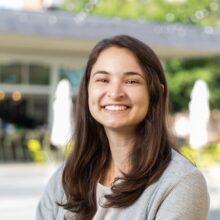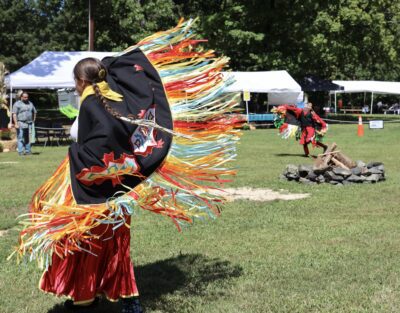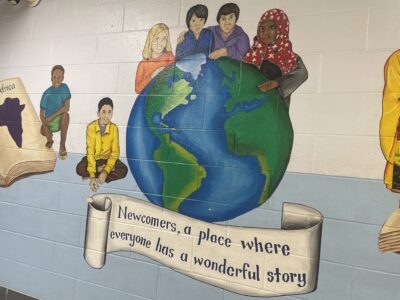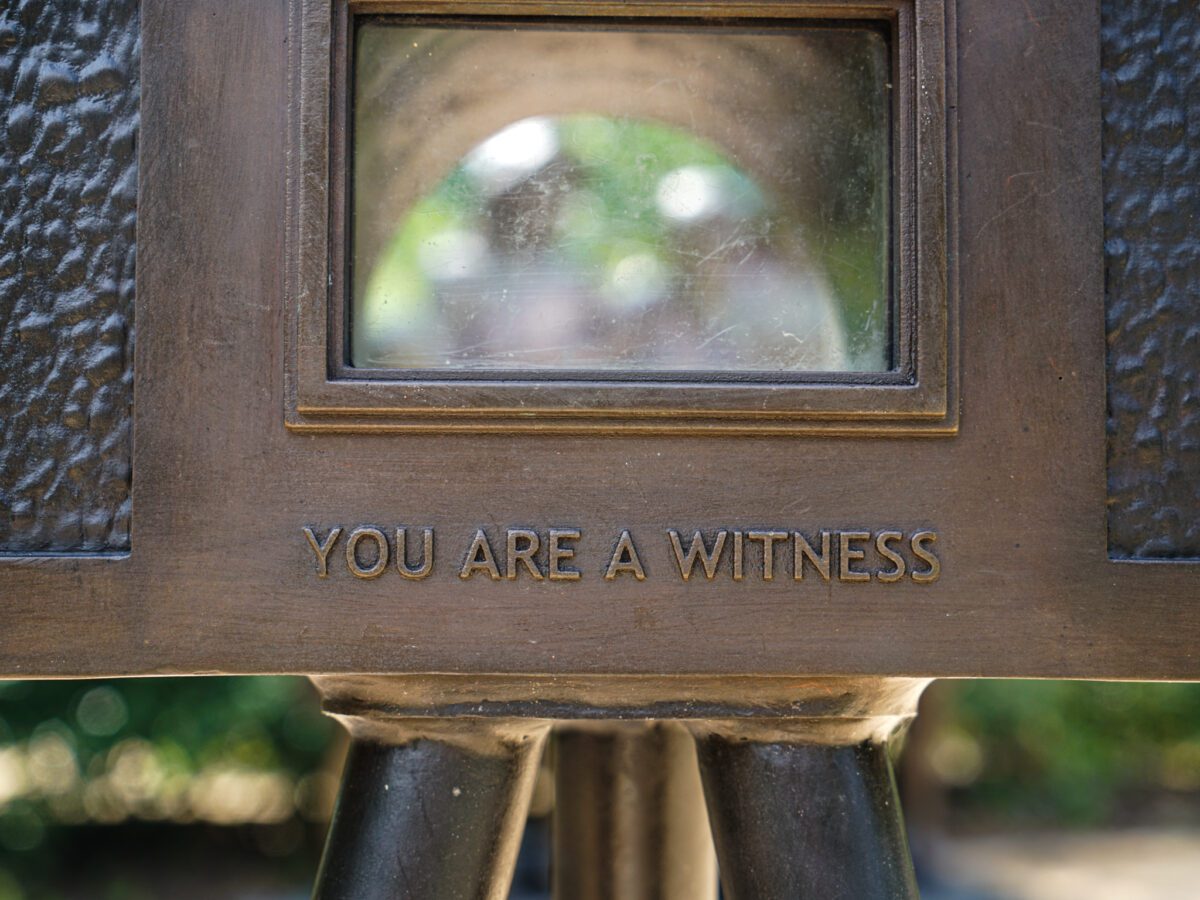

|
|
While walking down Elm Street in Greensboro, it’s hard to miss the iconic civil rights museum, housed in the old Woolworth’s where the N.C. A&T four launched the sit-in movement in the 1960s. A few blocks down the road, it’s easier to overlook a smaller building. This building is an art studio, and in it another piece of history was recently created – North Carolina’s first and only women’s Holocaust memorial.
Both historical sites, the International Civil Rights Museum and the new Holocaust memorial, are being used in conjunction as field trip locations for local students to learn about the city’s history. The monument, titled “She Wouldn’t Take Off Her Boots,” sits in a public park that runs parallel to Elm Street.
From being the birthplace of the sit-in movement to being home to the first public college for women in North Carolina, the city of Greensboro has a long history with social justice.
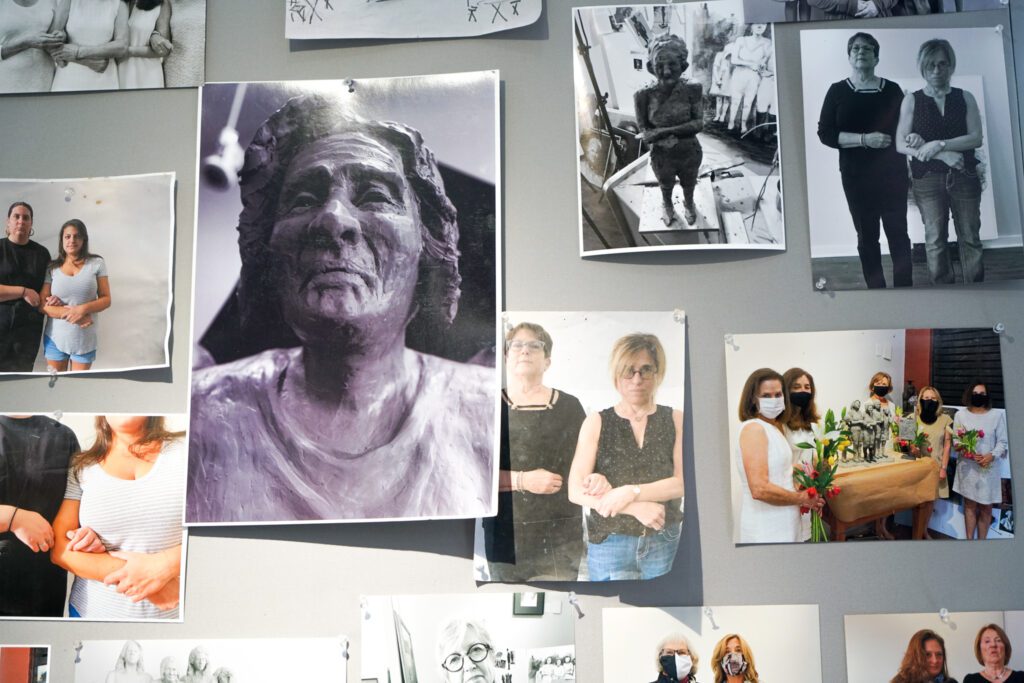

The Jewish community of Greensboro has played a significant part in shaping the social and economic history of the city. In 1895, brothers Moses and Cesar Cone opened Cone Mills, a textile manufacturing company based in Greensboro, which spurred economic development that turned the town into a bustling city within a decade. In 1917, Laura Weill Cone, a Jewish woman, became the first woman on the school board of Greensboro.
A little over a century later, a team of Jewish women came together to both memorialize the women and children that were murdered during the Holocaust and honor the resiliency of the women that survived. In addition to the field trips to the monument itself, there is a curriculum component that is being taught in K-12 schools across the state.
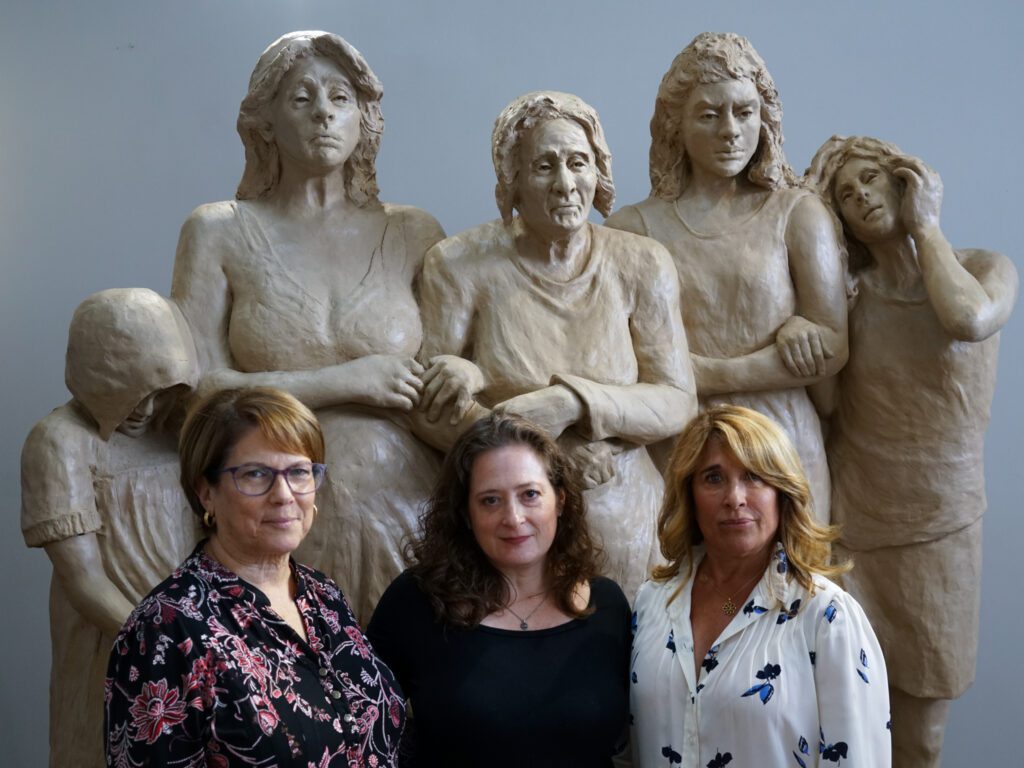

Victoria Milstein, whose paintings are featured in galleries across the globe, is the artist behind the project. From ideation to creation, she brought the monument to life.
Sue Simmons, a nonprofit consultant and active volunteer in the Greensboro community, led the fundraising efforts. Jenny Kaiser, a local multimedia producer, produced the film associated with the monument that is included in the curriculum. Many other women contributed to the project as well.
“Victoria’s vision was that the monument should be in a public space, because many Holocaust memorials and monuments are in Jewish spaces. Greensboro is a social justice city and her vision was to have it in a public park,” said Simmons.
The team of women behind the project also worked with local civil rights changemakers, including community leader Shirley Frye. Frye led the integration of Greensboro’s two YWCAs in 1970 and is a retired teacher. Her husband, Justice Henry Frye, served as the first Black chief justice of the North Carolina Supreme Court.
The women behind the monument worked with Frye to highlight the symbiotic relationship between Greensboro Jews and Greensboro African Americans to build momentum and support for the memorial.
From Liepaja to Greensboro
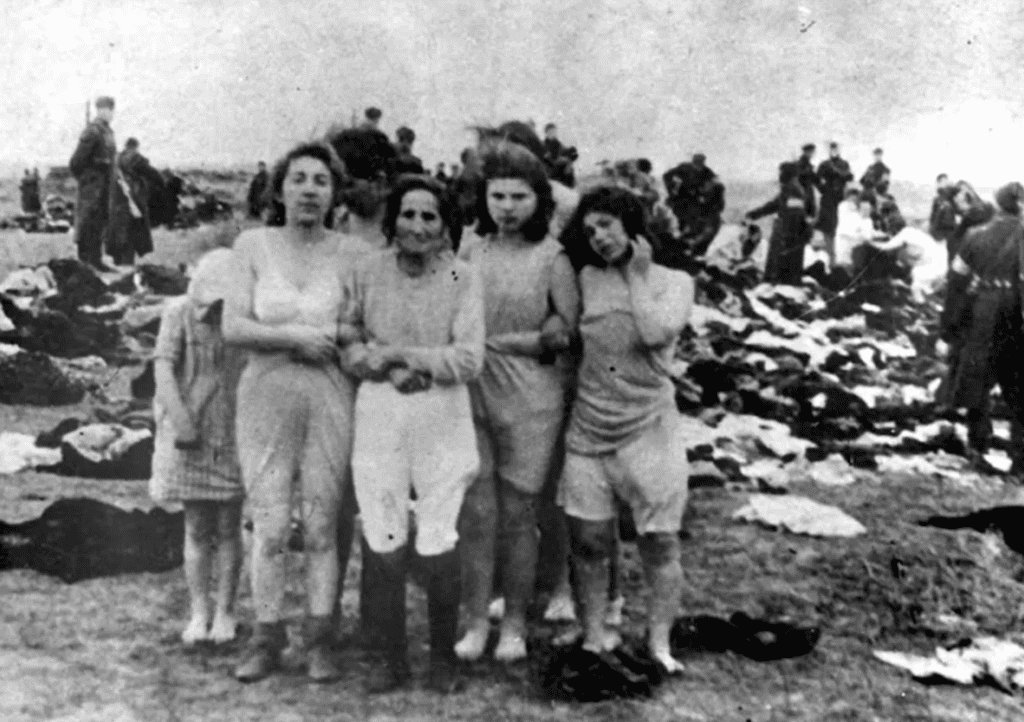

This picture was the focus of a New York Times opinion article entitled “Tell Them I Was Not Afraid,” by Bret Stevens, published in June of 2018. Milstein was inspired by the article, particularly by the women who, even in the face of imminent death, maintained their dignity by holding on to each other. The monument is named after the woman in the center who refused to take off her boots.
“I saw a picture that changed my life, and it was a picture of generations of women standing in front of us, holding on to each other,” said Milstein.
We’re daring them to stop and learn because they can’t just march through it.
Victoria Milstein, the artist behind the project
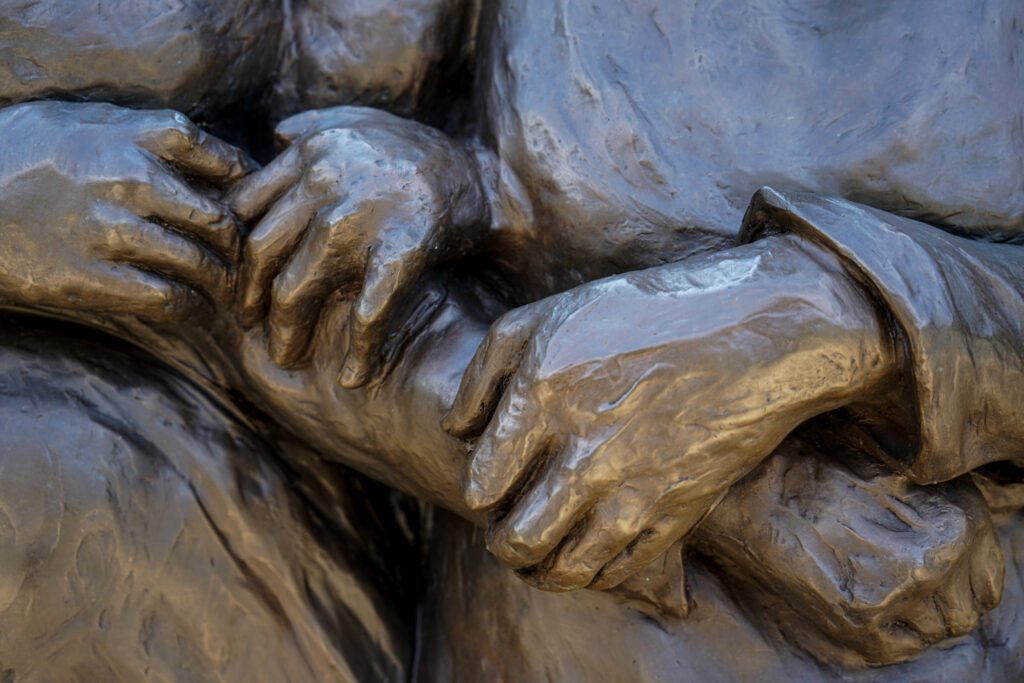

On Dec. 15, 1941, thousands of Jews were murdered on a beach in Liepaja, Latvia, which is where the photo was taken by a Nazi photographer. This mass execution, along with a series of others, became known as the Liepaja massacres. It is estimated that more than 25,000 people were killed in Latvia in a few weeks, including those murdered in the Liepaja massacres.
“The sculpture includes a camera because of the concept of seeing it through our own eyes and being a witness to it,” Milstein said.
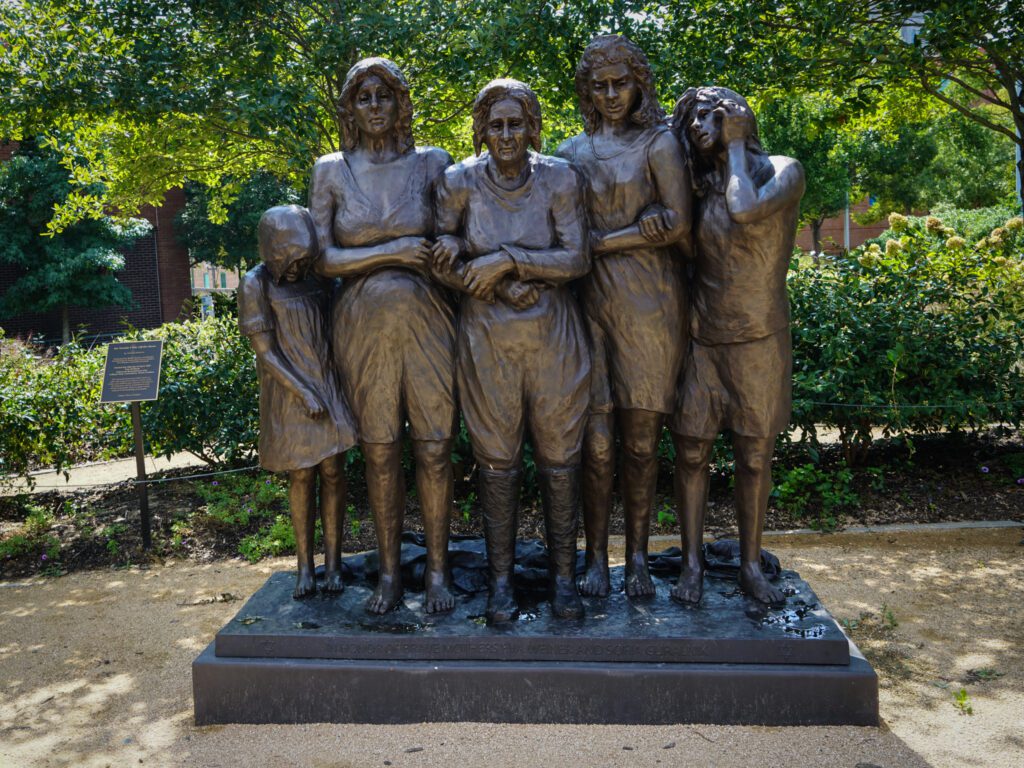

There are two components of the monument: the sculpture of the women and children, and the camera, where visitors can look through the lens and “be a witness.” The public art piece is an example of experiential and placemaking education — sitting in a park that becomes an outdoor classroom for students and visitors, encouraging contemplation and reflection.
“We’re teaching Holocaust through public art, teaching art that in addition to looking at a screen or maybe reading a book, actually being there and having art touch you,” said Milstein. “It’s placemaking education, and we’re daring them to stop and learn because they can’t just march through it. There’s so much there for them to see.”
Experiential Curriculum
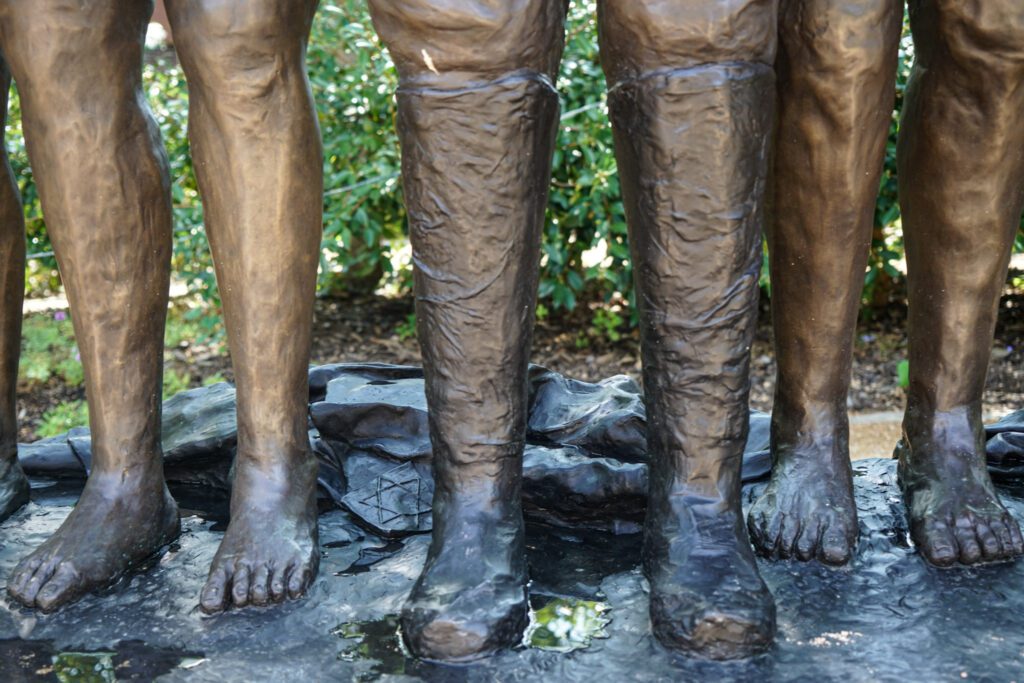

Education was a part of the mission of the project from inception. Due to the passage of the Gizella Abramson Holocaust Act in 2021, also known as House Bill 69, Holocaust education is now mandated in North Carolina classrooms. The bill sets standards for the education curriculum used in schools. The curriculum built from this project is an option for teachers that meets the standards outlined in the bill.
The team worked with local Holocaust educator Laurie Shafer, an English teacher at Mount Tabor High School in Winston-Salem, to create the curriculum. Shafer is also the head of the English department, coach of the debate team, and a trained educator by the United States Holocaust Memorial Museum.
The curriculum created includes four lessons and can be found on their website. The lessons include:
- Spiritual Resistance: This lesson is meant to help students understand the historical and cultural backgrounds of Leipaja, Lativa and the Einsatzgruppen killing action that took place there.
- Forgetting is Dangerous: This lesson introduces students to the importance of Holocaust monuments and memorials and how artists design them to honor not only the memory of those who suffered, but also to communicate the lessons humanity should learn and apply to our world today.
- Witnessing Defiance: If you are close enough to Greensboro to visit the memorial, this lesson will provide information about how to organize a field trip to take students to visit the memorial in Lebauer Park and the International Civil Rights Museum.
- Past in the Present: This final lesson in the series, students will create their own memorial using a photograph from the Holocaust as their inspiration.
The team of women wants students to understand the greater purpose behind the monument and why it is important. They hope the sculpture will inspire reflection about the people we see as “others” in our own lives and, more largely, how language can shape our understanding of and action towards ourselves, each other, and the world.
“The minute that you other somebody, you’re taking away their humanity,” said Kaiser. “This is why all hate is bad. This is how things escalate from just some bigoted language into a genocide.”
You can learn more about the “She Wouldn’t Take Off Her Boots” project here. You can visit the memorial and monument in person at LeBauer Park in downtown Greensboro.
